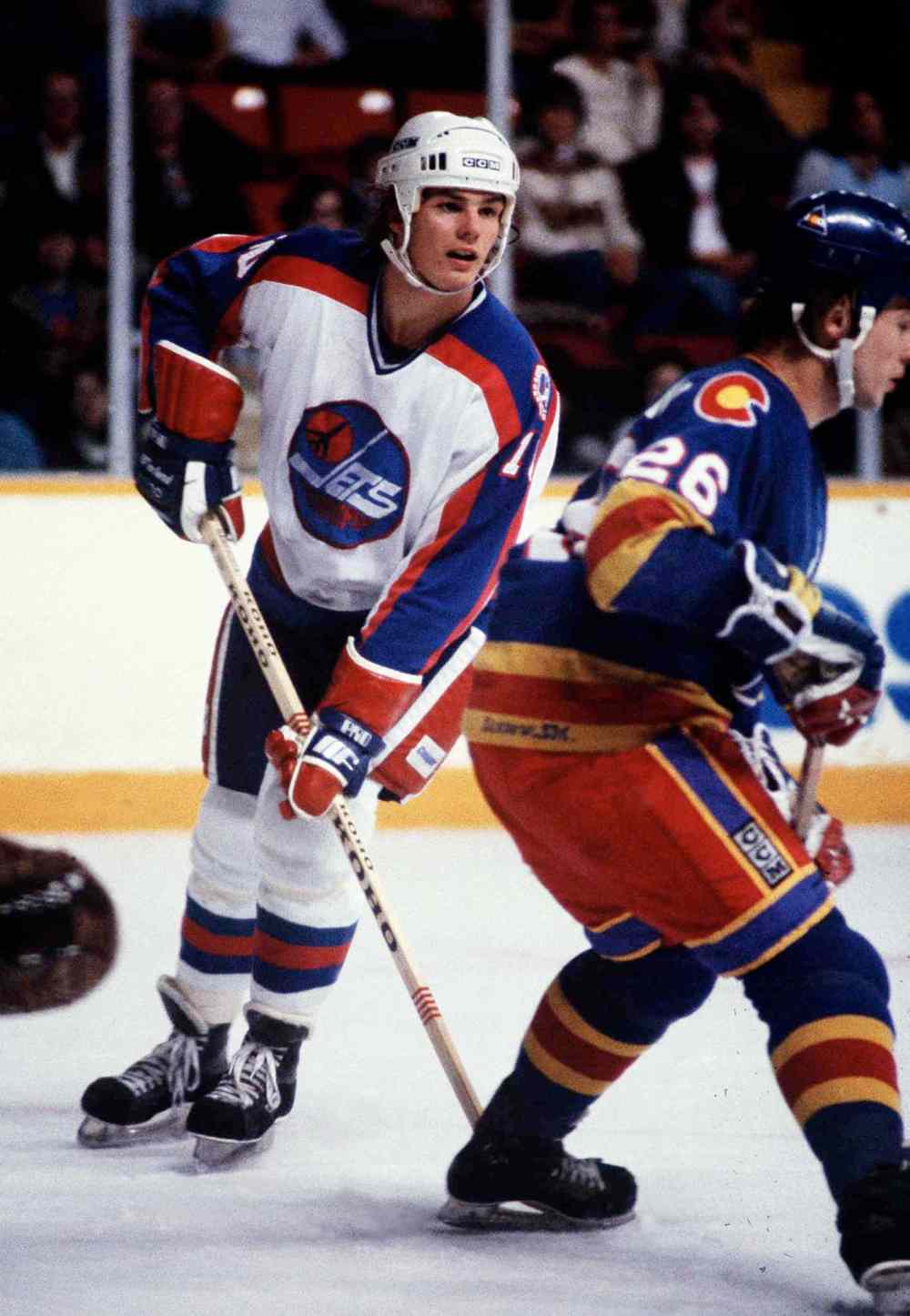NHL singing new loonie tune
Revenue-sharing softens blow of Canadian dollar's decline
Advertisement
Read this article for free:
or
Already have an account? Log in here »
To continue reading, please subscribe:
Monthly Digital Subscription
$1 per week for 24 weeks*
- Enjoy unlimited reading on winnipegfreepress.com
- Read the E-Edition, our digital replica newspaper
- Access News Break, our award-winning app
- Play interactive puzzles
*Billed as $4.00 plus GST every four weeks. After 24 weeks, price increases to the regular rate of $19.00 plus GST every four weeks. Offer available to new and qualified returning subscribers only. Cancel any time.
Monthly Digital Subscription
$4.75/week*
- Enjoy unlimited reading on winnipegfreepress.com
- Read the E-Edition, our digital replica newspaper
- Access News Break, our award-winning app
- Play interactive puzzles
*Billed as $19 plus GST every four weeks. Cancel any time.
To continue reading, please subscribe:
Add Free Press access to your Brandon Sun subscription for only an additional
$1 for the first 4 weeks*
*Your next subscription payment will increase by $1.00 and you will be charged $16.99 plus GST for four weeks. After four weeks, your payment will increase to $23.99 plus GST every four weeks.
Read unlimited articles for free today:
or
Already have an account? Log in here »
Hey there, time traveller!
This article was published 06/02/2014 (4282 days ago), so information in it may no longer be current.
When the NHL returned to Winnipeg in spring 2011, much was made about the changes in the city and league’s economic landscapes since the original Jets left for Phoenix in 1996.
There was a new building, deep-pocketed owners, the loonie was trading above parity with the U.S. greenback and the league had adopted a revenue-sharing model in its collective bargaining agreement with the players.
Three of those four factors are still in place today, but one faltering leg of the chair is not enough to throw the business plan of True North Sports & Entertainment out the window.

Although the loonie has fallen four cents this month alone and nearly a dime in the last 12 months, there are checks and balances in place to prevent small-market hockey teams north of the border from being adversely affected.
Canadian teams take in the vast majority of their revenue in local currency, and when the loonie trades lower than the U.S. dollar, their “hockey-related revenue” is proportionately lower.
Owners and players throughout the NHL split the hockey-related revenue, and if a Canadian team’s income statement is hurt by the falling dollar, it is compensated by an increase in revenue-sharing.
Scott Brown, True North’s director of corporate communications, said the loonie’s fluctuations are a non-factor.
“The falling dollar has no impact on us at all due to currency mitigation laid out in the revenue-sharing part of the (collective bargaining agreement). It simplistically means that mechanisms in revenue-sharing will compensate teams for the equal amounts of revenue lost due to a decreasing Canadian dollar,” he said.
‘There wasn’t a salary cap in the NHL then and there is one today. Now, the Canadian dollar can do less harm vis–vis the types of players you can have and the ability of a team to compete’
— Mike Ozanian, senior editor at Forbes magazine
Brown was backed up by NHL deputy commissioner Bill Daly.
“I do not believe at this point it is a major concern for our clubs. Most of our Canadian clubs protect themselves against currency fluctuation. Obviously, a steeper and lasting decline in the value of the Canadian dollar might prove more problematic over time, but is not a situation that we are facing right now,” Daly said.
Mike Ozanian, senior editor at Forbes magazine, who regularly crunches numbers on the NHL, said the decline of the loonie is only a “small concern,” nothing like it was back in the 1990s. To have a strong NHL, there must be strong Canadian franchises, he said.
“There wasn’t a salary cap in the NHL then and there is one today. Now, the Canadian dollar can do less harm vis–vis the types of players you can have and the ability of a team to compete,” he said.
The NHL has become better at hedging against currency fluctuations in recent years, too, Ozanian said.

The recent signing of a $5.2-billion television contract that gives Rogers Sportsnet access to most of Canada’s hockey properties, including Hockey Night In Canada — it dwarfs the deal the league has in the U.S. — will benefit all NHL teams, including those in the U.S., so they’re unlikely to put up much of a fuss.
“You don’t have to be an avid NHL follower to understand that Winnipeg, Calgary and Edmonton are much hotter hockey markets than Florida and Phoenix,” Ozanian said.
It only makes sense the NHL would have some provisions built in to protect the financially highly successful Canadian teams, said John McCallum, a finance professor at the I.H. Asper School of Business at the University of Manitoba. Hedging the Canadian dollar is one way to take out some of the risk, he said.
“In the short run, you hedge it. In the long run, you hope you have business partners who appreciate you don’t want to have seven members on the ropes because of a crazy world they have no control over,” he said.
McCallum said the value of a currency depends on so many factors — the comparative strength of the two economies, inflation, commodity prices, interest rates, deficits and debt, trade accounts and wage rates — that anybody who says they’ve correctly forecasted the loonie’s trajectory is probably lying.
‘I do not believe at this point it is a major concern for our clubs. Most of our Canadian clubs protect themselves against currency fluctuation’
— Bill Daly, NHL deputy commissioner
“In economics, there is nothing harder to predict than the value of one currency against another out in the future,” he said.
geoff.kirbyson@freepress.mb.ca
History
Updated on Thursday, February 6, 2014 7:06 AM CST: Replaces photos



.jpg?w=1000)


